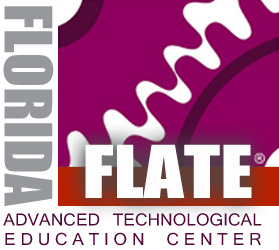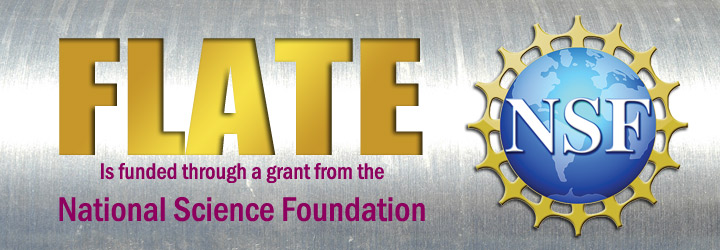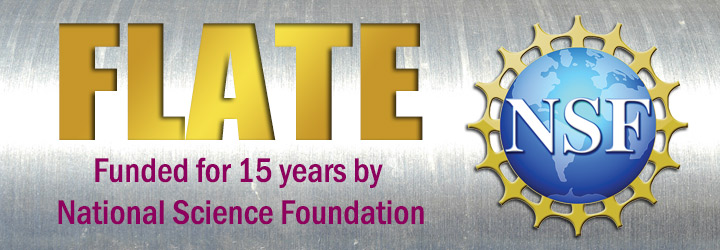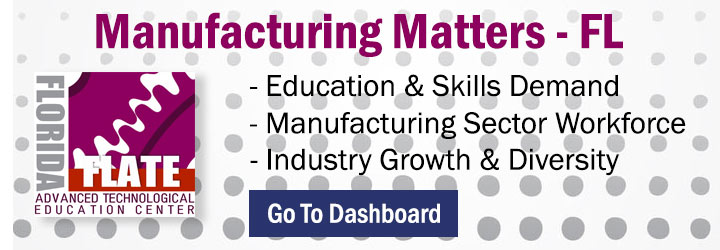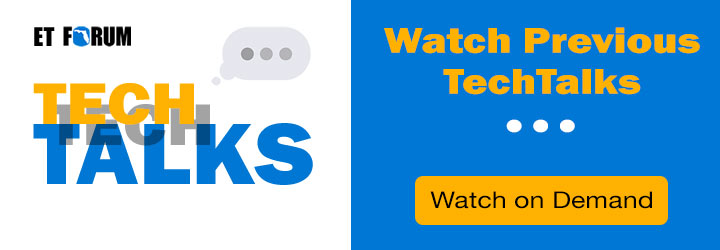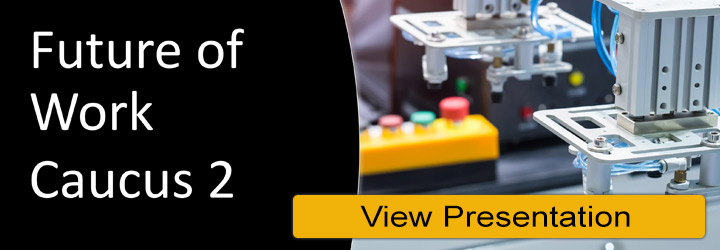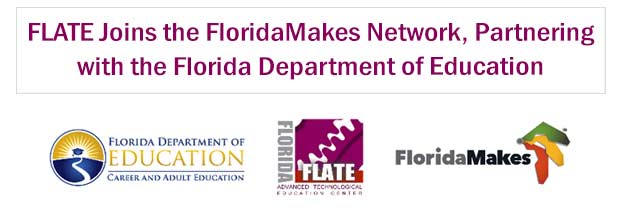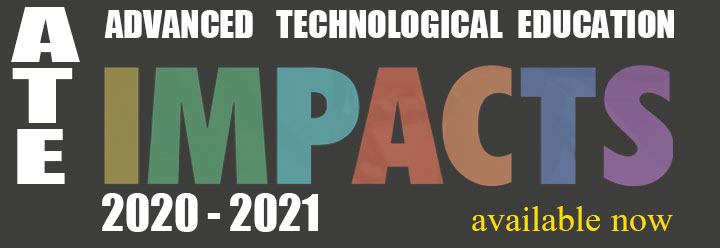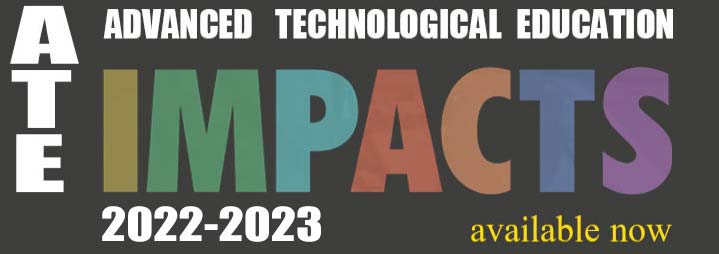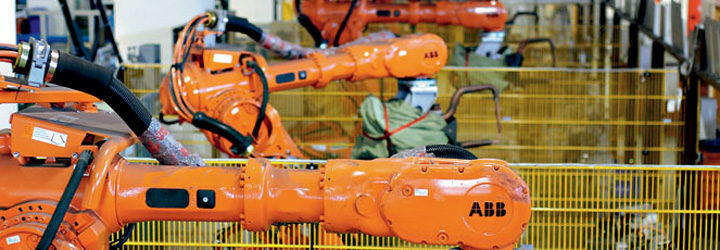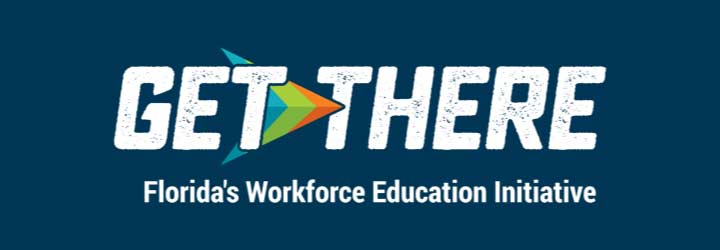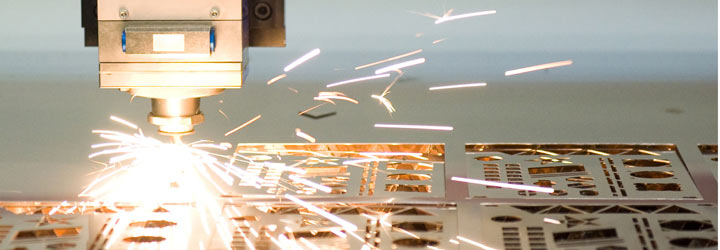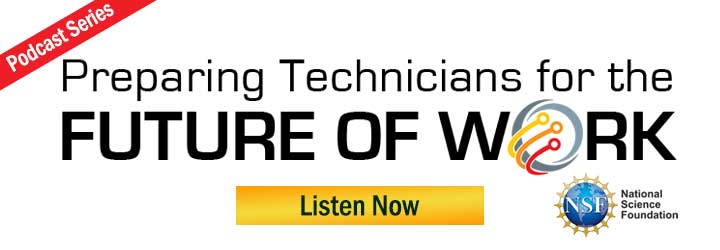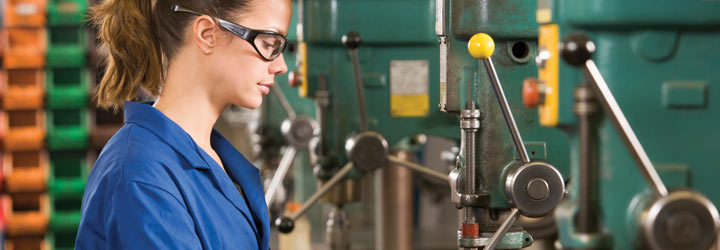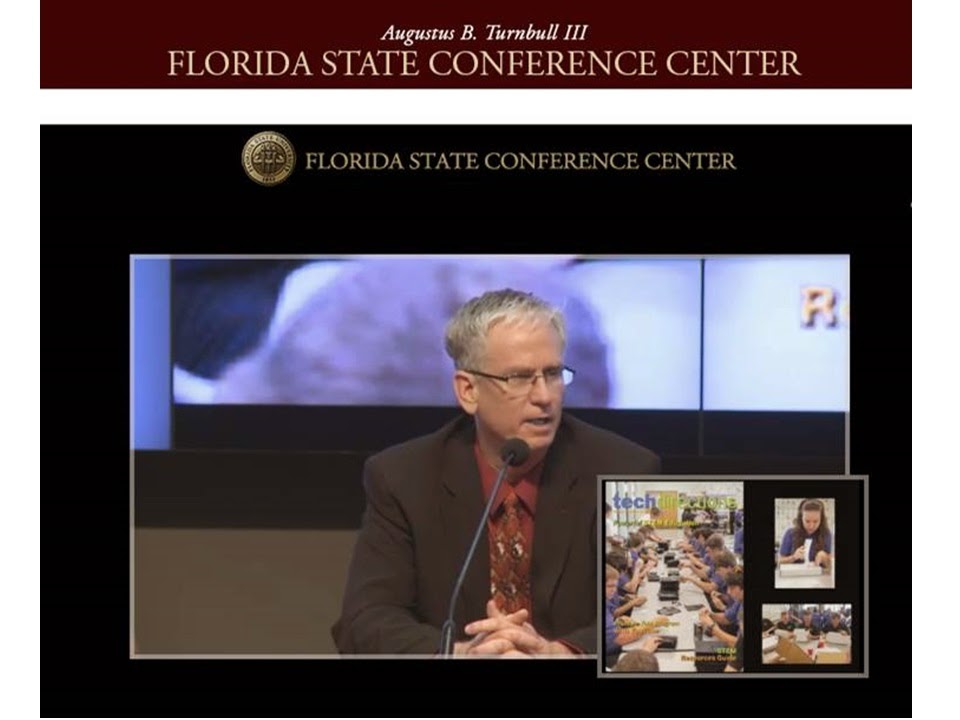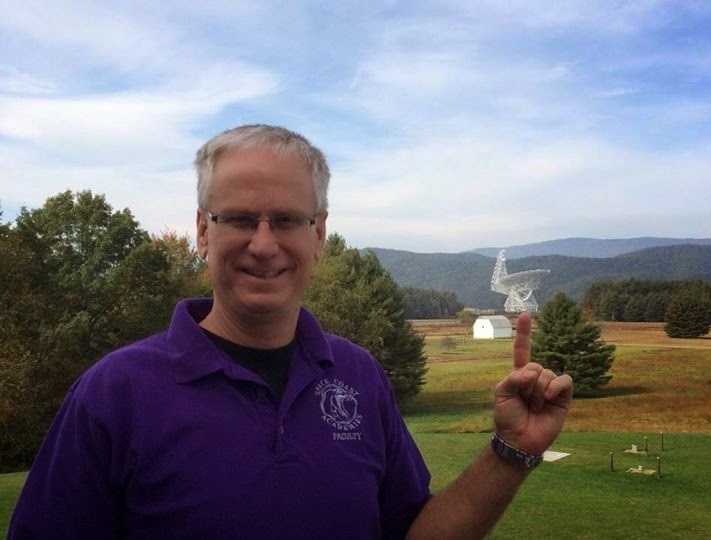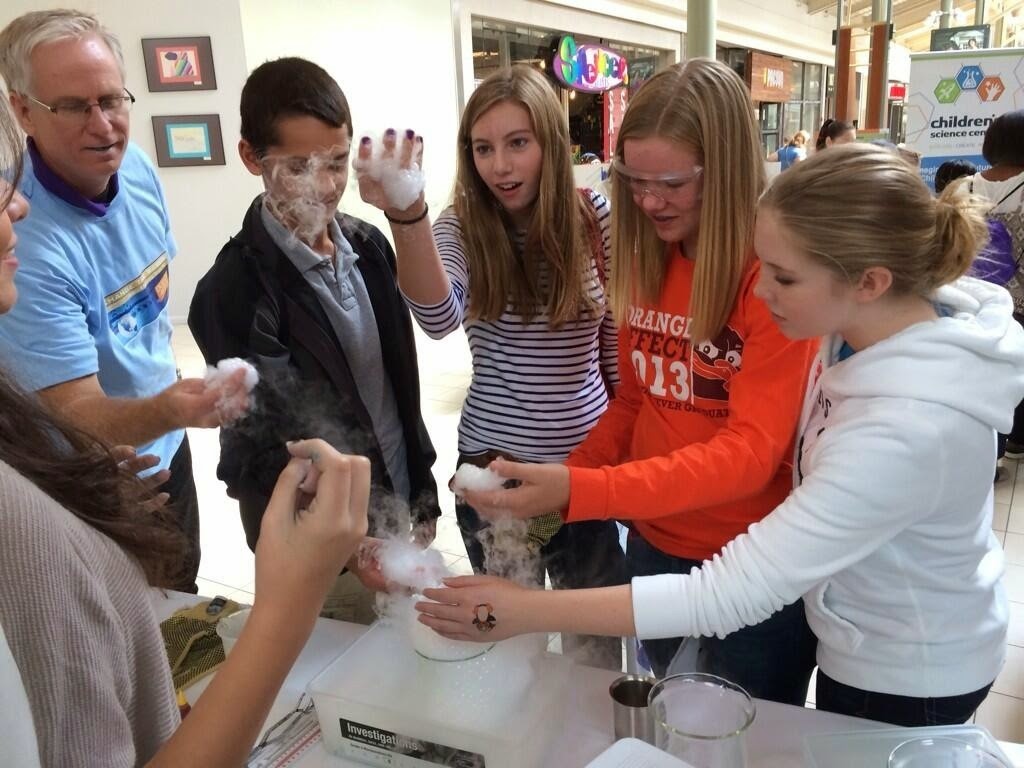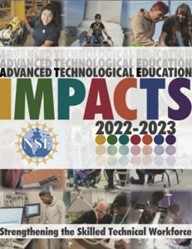Our family’s move from Cocoa, Florida to Washington D.C., has felt equivalent to a move to a foreign country. There has been an enormous learning curve with respect to negotiating city life, interfacing with a highly educated professional community, dealing with the glacier pace and inefficiencies of government organizations; and, I won’t even begin to talk about the record levels of snow that we have been fortunate to experience this year in Northern Virginia.
conferences in DC, hearings on Capitol Hill, research being sponsored by the National Science Foundation (NSF), meeting and learning directly from principal investigators, sitting in on panels, touring scientific and government institutions, and participating in educational policy discussions have all been very heady. My placement at NSF is with the Computer and Information Science and Engineering Directorate (CISE). This directorate is responsible for everything from supercomputers at national laboratories, to combating cybersecurity threats, to promoting computer science education and broadening the participation of underrepresented populations, to how to make air travel and medical devices safer. NSF is not laboratory as many might think, but a granting organization with about an 8 billion dollar annual budget.
from the leading scientists in our country. They then solicit research proposals, use the merit review process – again using the leaders in the scientific community – to determine what research ideas should be funded, and then they fund, track, and report on the findings of that research. Many breakthrough science and engineering activities can be traced directly back to NSF grants. Prior to having this experience in Washington D.C., I had noted with interest that some of my most worthwhile professional development had been with funding from the NSF.
the essential integration of STEM in the curriculum and helping our academic counterparts better understand how to do this, I would work to promote advanced manufacturing in our CTE programs. Desktop manufacturing, 3D CAD, and open source electronics are rapidly changing the world we live in. In order for our students to be successful, we need to revolutionize our educational purpose and mindset away from that of helping students become job seekers, to helping our students become entrepreneurs and job creators. Perhaps the best way to prepare our students is by borrowing from the field of industrial design, teaching the principles and skills of industrial designers and empowering them to create innovative products on their own. That to me is the wave of the future.
Steve Portz was winner of the FLATE Secondary Educator Award in 2012. You can read more about him in the feature FLATE Focus article highlighting more of his accolades and efforts to promote technology education in Florida. Upon completing his fellowship, Portz plans to return to Brevard County, FL and continue teaching. He hopes to use his fellowship experience to affect positive change as a STEM education specialist by serving as the lead contact for all STEM initiatives for his school district ensuring curriculum is current and relevant. Portz is looking to promote STEM by establishing a district-wide “Make–Habit of the Mind” empowering students to create, build and transform ideas into products. He will also serve as the district point person on additive manufacturing while providing leadership and training on how to integrate 3D printing technologies into the curriculum. Given his STEM-focused interest, Portz hopes to capture and retain students’ interest in STEM at earlier ages and broaden participation of underrepresented populations.
Terms of Use | Privacy Statement
Copyright © 2024 All Rights Reserved
